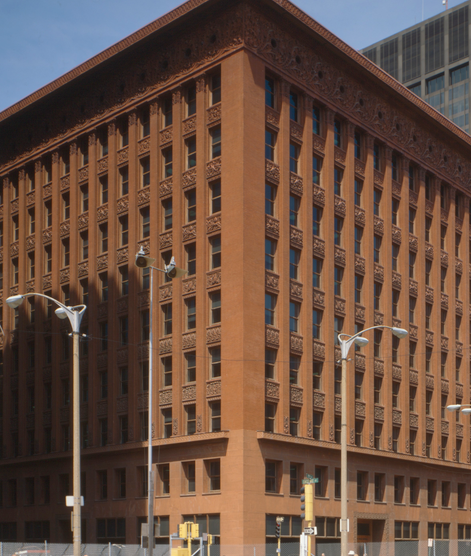Form follows function is a fundamental principle in architecture and design, attributed to the American architect Louis Sullivan. This concept emphasizes that the design and form of a building or object should be primarily determined by its intended function or purpose. In essence, the functional requirements of a structure should dictate its design, layout, and aesthetic expression, providing a framework for creating spaces that are both practical and visually compelling.

Architectural Theory and Practice
The form follows function principle has shaped architectural theory and practice, permeating various design movements and influencing the evolution of modern architecture. It emphasizes the importance of prioritizing the intended use and utility of a building, ensuring that its design is responsive to the needs of its users and the context in which it is situated. By adhering to this principle, architects aim to create spaces that are efficient, well-suited to their intended purpose, and aesthetically cohesive.
Modernist Approach
This principle is often linked to the modernist movement, particularly the works of influential architects such as Le Corbusier, Mies van der Rohe, and Walter Gropius. These architects championed the idea of creating buildings with clean, unadorned forms that reflected their intended functions. The modernist approach emphasized simplicity, rationality, and a focus on the essential purpose of a structure, rejecting decorative elements that were deemed unnecessary or extraneous.
Form Follows Function
In practice, the form follows function principle guides architects in making design decisions that prioritize usability, spatial planning, and the experiential qualities of a building. It encourages the thoughtful arrangement of interior spaces, the optimization of natural light, and the integration of elements that promote user comfort and well-being. Additionally, this principle applies not only to the interior layout but also to the exterior form and expression of a building, emphasizing a harmonious relationship between its function and physical appearance.
While the form follows function principle underscores the importance of functionality, it does not negate the significance of aesthetics. Instead, it advocates for a design approach where the visual expression of a structure emerges as a natural consequence of its functional requirements. As a result, buildings designed with this principle in mind often exhibit a timeless, understated elegance and clarity of purpose.
Conclusion
Ultimately, the form follows function principle serves as a guiding framework that underscores the importance of aligning architectural design with the intended use and experience of a space. By upholding this principle, architects can create buildings and environments that seamlessly integrate function, form, and human experience, yielding spaces that are purposeful, visually engaging, and responsive to the needs of their users.